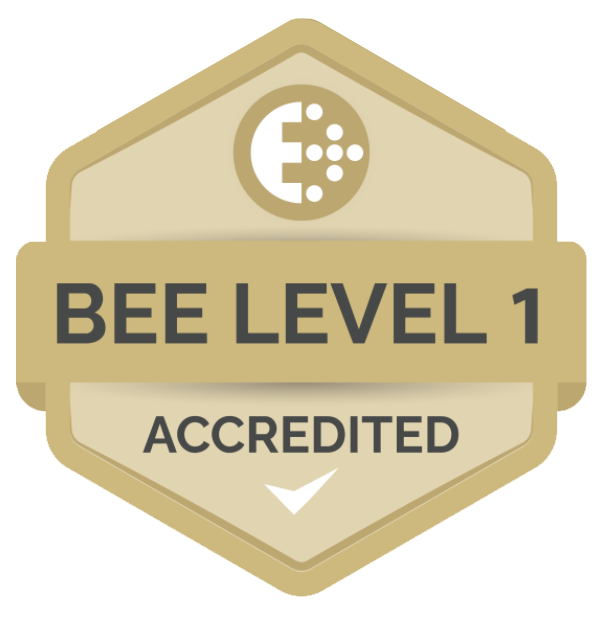 The pandemic compressed what should’ve been years’ worth of change into a few months. As leaders struggle to keep up with today’s highly unpredictable and rapidly changing business environment, a different kind of leadership is beginning to emerge; one in which constant transformation and continuous improvement is embedded in everything the organisation does. Addressing the topic of change leadership for SmartProcurementNews is Chantal Kading, executive coach, leadership and talent strategist, Master NLP and the Founding MD of People Shop in Cape Town.
The pandemic compressed what should’ve been years’ worth of change into a few months. As leaders struggle to keep up with today’s highly unpredictable and rapidly changing business environment, a different kind of leadership is beginning to emerge; one in which constant transformation and continuous improvement is embedded in everything the organisation does. Addressing the topic of change leadership for SmartProcurementNews is Chantal Kading, executive coach, leadership and talent strategist, Master NLP and the Founding MD of People Shop in Cape Town.
According to Gartner, a typical organisation would have implemented an average of five significant organisation-wide changes over the past three years, yet nearly half of such change initiatives failed, with only 34% achieving success (whatfix.com, 2021). Change leadership is emerging as a new approach leaders can adopt to overcome some of the barriers to change that can cause failure.
Defined as a proactive and people centric approach, Change Leadership leverages both IQ and EQ to positively transform the organisation through communication, collaboration, and commitment. Logical thinking, why change is necessary, must be followed by emotional reasoning,utilising emotional information in decision-making (Sabacon, 2022). Good change leaders with IQ and EQ recognise the importance of empathy in change and seek out different perspectives to craft an inclusive vision (H. Khalife, 2021).
Once the vision is in place, Change Leaders don’t just communicate it to their stakeholders, they use storytelling to share the vision and gain buy-in. Storytelling implies conveying how the transformation journey may be experienced by those affected while empathising with their concerns in the narrative. The idea is to reduce the impact of resistance to change and complacency through effective communication grounded in both thinking and feeling.
Fostering collaboration or social cohesion (SQ) is also another important role that change leaders fulfil. Change Leaders understand that success depends on the adoption of and level of commitment to change by the people in the organisation (I. Blake, n.d.). They view change as part of the organisation’s culture; something the organisation is rather than something it does.
Social cohesion, which is defined as the extent of connectedness and solidarity among groups of people (A. Manca, 2005), plays an important role in the transformation of an organisation. Change, and the resistance thereof, can often lead to conflicts as people tend to personalise it and make it about themselves (L. Zielinski, n.d.). Change Leaders recognise this and strive to unite people by creating social cohesion: a sense of belonging, embracing personal accountability, and building a high level of trust through leadership by example and inclusion.
According to Deloitte, one of the critical lessons that helped companies to transform uncertainty into an opportunity for change during the pandemic was leadership. Navigating transformation requires leaders to embrace being role models by mirroring the behaviours they desire to see in the organisation (i.e. openness to change, resilience, imagination, empathy, and decision-making) to achieve a positive shift in the organisation’s culture (Deloitte, 2020).
Change Leadership is increasingly becoming an indispensable commodity. One of the biggest challenges that leaders still face is finding an effective way to mobilise the entire organisation to aid in its transition journey. Change Leadership constitutes a unique approach that combines IQ, EQ, and SQ to overcome barriers to change by recognising the fact that organisations do not change by themselves, people are what drive the change. In today’s Volatile Uncertain Complex and Ambiguous (VUCA) world, emerging leaders need to move beyond traditional leadership styles and apply the African translation of VUKA, meaning to wake up and rise, to the new way of driving change.
By Chantal Kading























